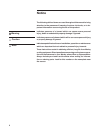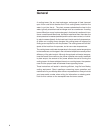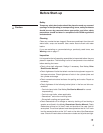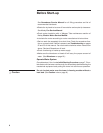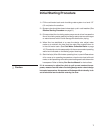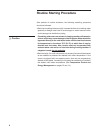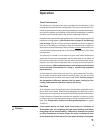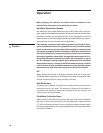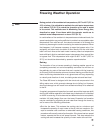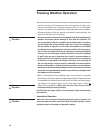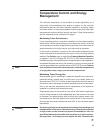
4
General
A cooling tower, like any heat exchanger, exchanges all heat imposed
upon it from one fluid to another fluid. For a cooling tower, heat from the
water is put into the air. The plant process replenishes the heat to the
water, typically at another heat exchanger such as a condenser. A cooling
tower differs from many heat exchangers in that heat is transferred in two
forms—sensible and latent heat. As heat is transferred from the water, the
air temperature increases (sensible) and the air’s water content, or humid-
ity, also increases (latent). As the heat load, inlet air wet-bulb temperature,
or airflow on a cooling tower changes, the cooling tower will respond by
finding a new equilibrium with the process. The cooling tower will still dis-
sipate all the heat from the process, but at new water temperatures.
The cooling tower cold water temperature is the supply water temperature
to the condenser, and changes in the cold water temperature usually affect
efficiency of the plant output. Although the reduced cold water tempera-
tures that result from maximum fan power utilization are usually beneficial
to plant output, the amount of fan power affects the cost of running the
cooling tower. As these variables interact on a cooling tower, the operator
must find the proper trade-off between these opposing forces.
These instructions will assist in obtaining efficient, long life from Marley
cooling equipment. Direct questions concerning tower operation and
maintenance to your Marley sales office or representative. Always include
your tower serial number when writing for information or ordering parts.
Look for this number on the nameplate near the tower access.




